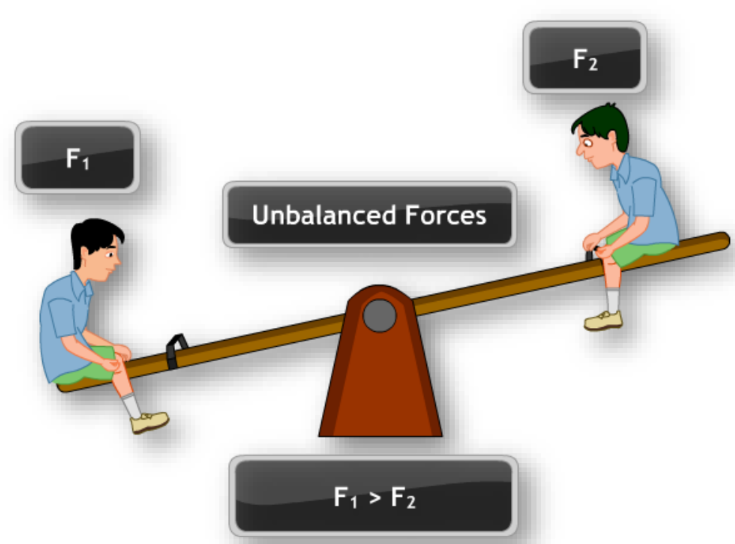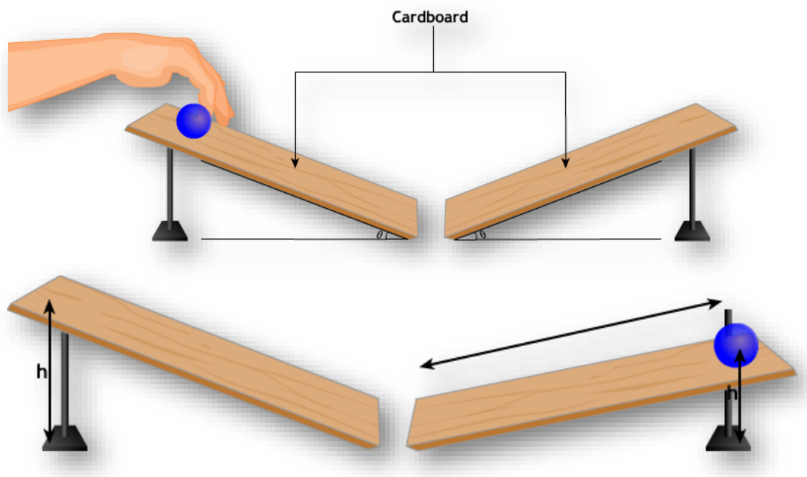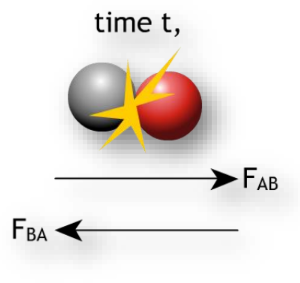Force and Laws of Motion – Complete Guide For Class 9 Science Chapter 8
Welcome to iPrep, your Learning Super App. Our learning resources for Chapter 8, “Force and Laws of Motion,” in Class 9 are designed to ensure students grasp this fundamental concept with clarity and precision. We offer a variety of tools, including detailed explanations, interactive simulations, and practical examples, to help students understand the principles of force and motion. Our resources cover Newton’s laws of motion, the relationship between force and acceleration, and the concept of inertia. By using these materials, students will gain a comprehensive understanding of how forces affect the motion of objects, laying a strong foundation for further studies in physics and related fields.
The concept of “Force and Laws of Motion” in Class 9 delves into the foundational principles of physics that explain how and why objects move. Understanding force involves exploring its effects on the shape, motion, and speed of objects, and how it can either balance or unbalance an object’s state. The laws of motion, formulated by Sir Isaac Newton, provide a framework for analyzing the relationship between forces and the resulting changes in motion.
This guide will help students grasp the fundamental concepts, including the definitions of different types of motion, the role of force in altering motion, and the critical equations that describe these dynamics. By studying these principles, students will gain insight into the mechanics of everyday phenomena and the underlying laws that govern them.
What is Force?
As per the chapter Force and laws of motion, Force is defined as a push or pull exerted on an object. When force is applied, it can change the shape, size, speed, or direction of the object. The unit of force is Newton (N), and we can observe or feel its effects through various phenomena. For example, a spring expands when force is applied, demonstrating the impact of force on the object’s shape.

Effects of Force
There is a mention of several effects of force in the chapter Force and Laws of Motion, which include-
- Change in Shape and Size: Force can alter the physical dimensions of an object.

- Movement: Force is necessary to move or stop a body.

- Change in Speed or Direction: Force can accelerate or decelerate a moving object and change its direction.
Balanced vs. Unbalanced Forces
- Balanced Forces: When all forces acting on an object are equal in magnitude and opposite in direction, the resultant force is zero. Balanced forces do not alter the object’s state of rest or uniform motion but can change its shape.

- Unbalanced Forces: When the resultant force on an object is not zero, it causes changes in the object’s motion, including speeding up, slowing down, or changing direction.

Activities and Observations
Activity on Force: A box on a surface, will only move if the applied force exceeds the force of friction. Similarly, pedaling a bicycle maintains its speed, and unbalanced forces affect its direction or speed.
Galileo’s Observations: Galileo discovered that the velocity of a ball increases when rolling down an inclined plane and decreases when rolling up. He also noted that the ball would cover more distance with a shallower incline.

Newton’s Laws of Motion
Sir Isaac Newton formulated three fundamental laws of motion:
- First Law (Law of Inertia): A body remains at rest or in uniform motion unless acted upon by an external force. This property, known as inertia, comes in three types: inertia of rest, motion, and direction.

- Second Law (Law of Acceleration): The rate of change of momentum of a body is equal to the force applied. This law is mathematically expressed as F=maF = maF=ma, where FFF is force, mmm is mass, and aaa is acceleration. This principle helps us calculate the force acting on an object.

- Third Law (Action and Reaction): For every action, there is an equal and opposite reaction. This law explains phenomena like the recoil of a gun when fired and the movement of a boat when a sailor jumps.

Momentum
As stated in the chapter Force and Laws of Motion, Momentum is defined as the product of an object’s mass and velocity, p=mvp = mvp=mv. It is a vector quantity and follows the principle of conservation: if no external forces act, the total momentum of a system remains constant. This principle is demonstrated in various activities, such as the recoil of a gun and the motion of a cart when a person jumps on it.
Practical Applications
- Momentum Conservation: Examples include the recoil of a gun and the movement of a balloon with escaping air.


- Inertia: Activities such as flicking a card to drop a coin into a glass illustrate inertia’s role in everyday life.

This comprehensive guide on “Force and Laws of Motion” provides a foundational understanding of how objects change their position over time, the various types of motion, and the key concepts associated with speed, velocity, and acceleration. By exploring different motion paths, such as linear, circular, and vibratory, and analyzing the distinctions between distance and displacement, readers gain clarity on how these concepts apply in real-world scenarios. Additionally, this topic delves into the practical applications of fundamental equations of motion, offering a thorough insight into the principles that govern the movement of objects in different contexts. This knowledge is crucial for understanding the dynamics of physical systems and is applicable in various fields of science and engineering.
In conclusion, mastering the concepts covered in Class 9 Science Chapter 8 – Force and Laws of Motion is essential for building a strong foundation in physics. Through this chapter, students gain a clear understanding of how forces influence the motion of objects and the significance of Newton’s laws in explaining these effects. From the practical examples of balanced and unbalanced forces to the detailed exploration of momentum and inertia, Chapter 8 – Force and Laws of Motion equips learners with the tools needed to analyze and understand the mechanics of everyday phenomena.
At iPrep, our resources make learning Chapter 8 – Force and Laws of Motion engaging and effective by using interactive simulations and detailed explanations, ensuring that students are well-prepared for future studies. Dive into our learning resources today and master the key principles of Force and Laws of Motion!
Practice questions on Chapter 8 - Force and Laws of Motion
Get your free Chapter 8 - Force and Laws of Motion practice quiz of 20+ questions & detailed solutions
Practice Now








